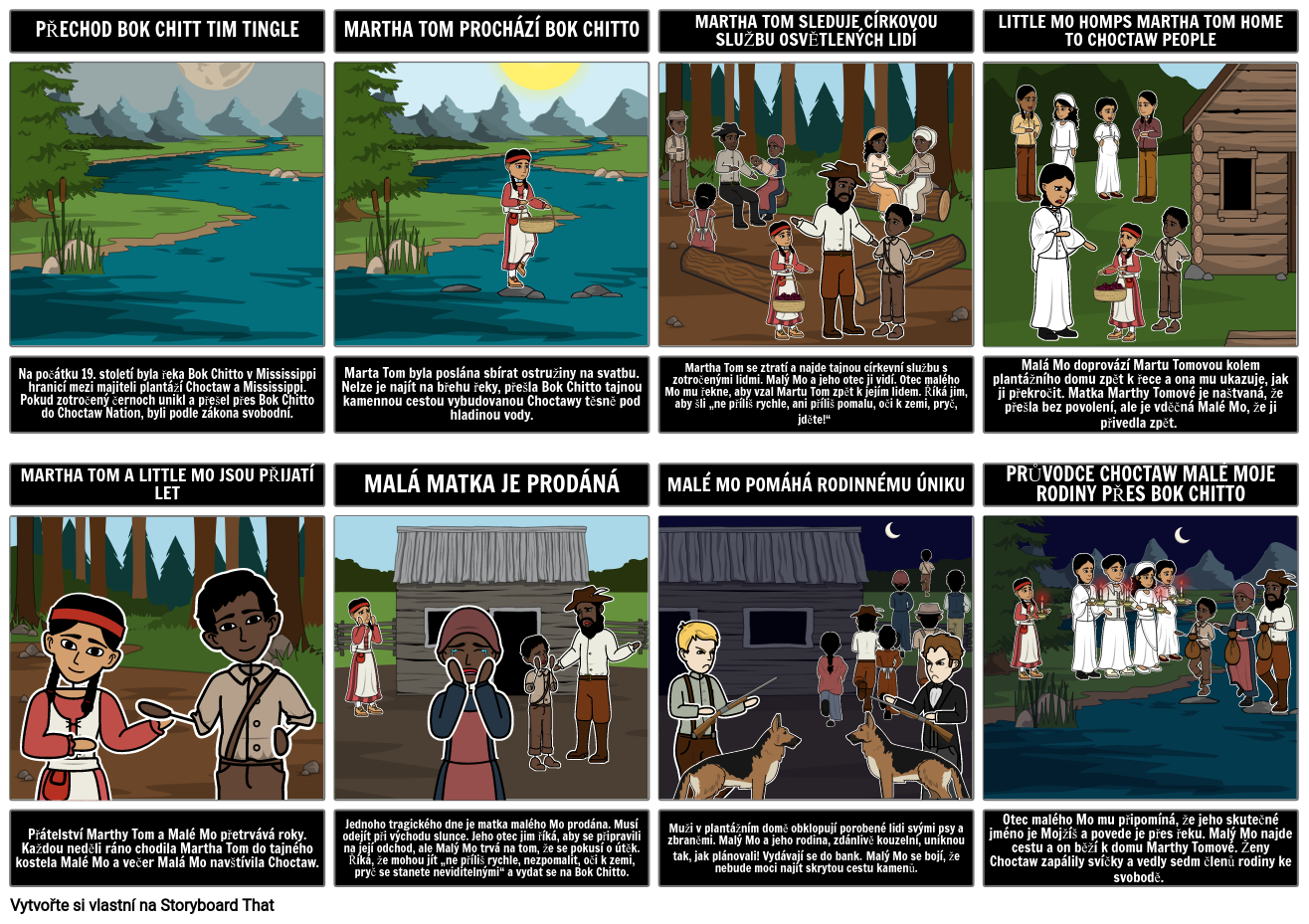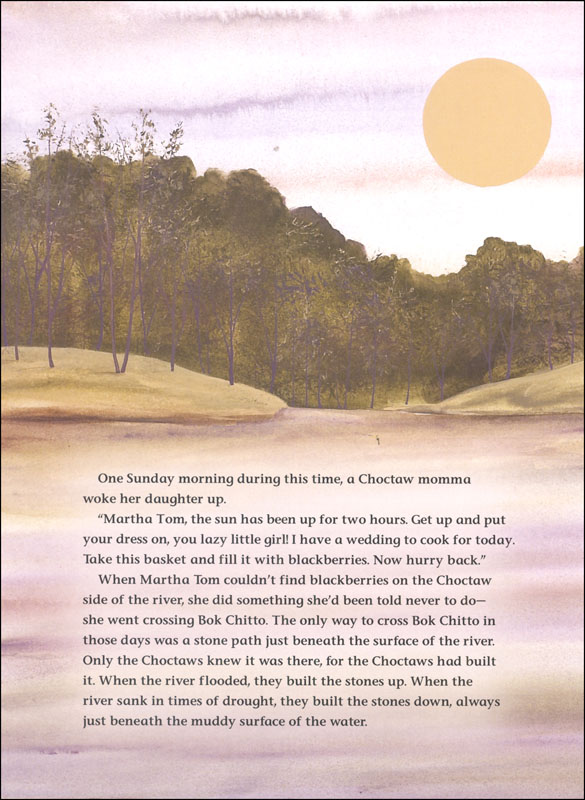
The story occurs among the Choctaws and African American slaves living on opposite sides of the Bok Chitto River in Mississippi.

This story is a treat! Never before have I seen two cultures intermixed in a single historical setting with such authenticity. Brave Martha Tom and her people devise their own plan to help Little Mo and his family across Bok Chitto. When Little Mo finds out that his mother is being sold to another plantation, he convinces his family to escape across the Bok Chitto because any slave who crosses that river becomes free by law.

There, she meets a slave boy, Little Mo, and forms a friendship with him. (Apr.Martha Tom, a Choctaw girl, disobeys her mother, in a search for blackberries, by crossing the Bok Chitto River over to the side where there are plantations. Many of the illustrations serve essentially as portraits, and they're utterly mesmerizing-strong, solid figures gaze squarely out of the frame, beseeching readers to listen, empathize and wonder. Bridges creates mural-like paintings with a rock-solid spirituality and stripped-down graphic sensibility, the ideal match for the down-to-earth cadences and poetic drama of the text. When a slave boy and his family are befriended by a Choctaw girl, the pathway becomes part of an ingenious plan that enables the slaves to cross the river to freedom-in plain view of a band of slave hunters during a full moon. "Only the Choctaws knew it was there, for the Choctaws had built it," Tingle explains. That was the law." But Bok Chitto holds a secret: a rock pathway that lies just below the surface of the water. "If a slave escaped and made his way across Bok Chitto, the slave was free," writes Tingle, "The slave owner could not follow. The river Bok Chitto divides the Choctaw nation from the plantations of Mississippi. ) in a moving and wholly original story about the intersection of cultures.


Bridges, a Cherokee artist making her children's book debut, joins Tingle ( Walking the Choctaw Road


 0 kommentar(er)
0 kommentar(er)
